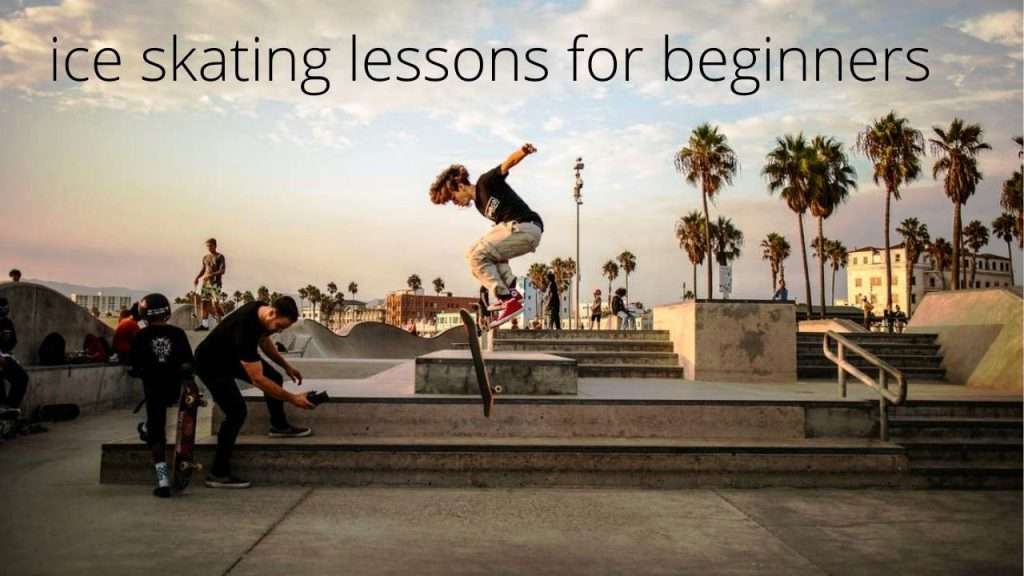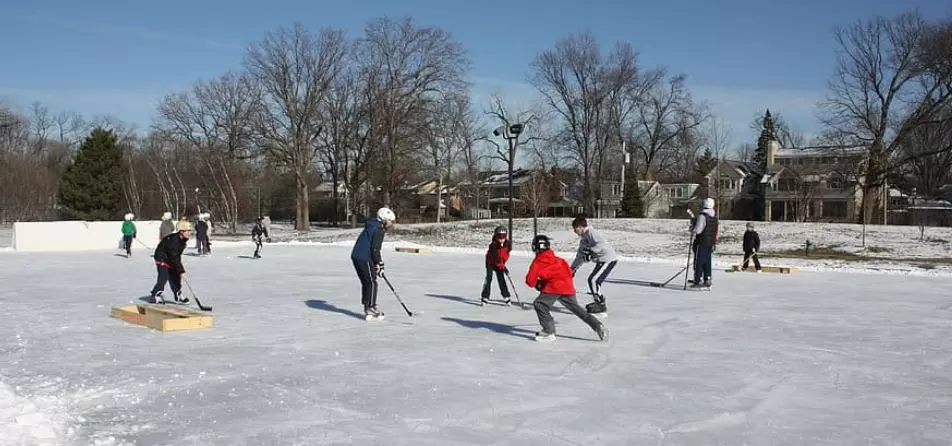As a beginner or a young aspiring figure skater, you may be thinking about whether skating is a viable hobby or more. And it might be useful to know how much time and money it will take to realize the child’s skating desire.
Typically, skate lessons are paid in installments. Many ice rinks may charge you $100 for ten weekly group courses. The cost of renting skates is frequently included in the cost of learning to skate.
Once or twice a week, several beginner skaters return to the rink for another hour or two of practice. Subsequent practice sessions cost $5 to $10 per hour, but some ice arenas give a free practice session with the price of group instruction.
How much are figure skating lessons for a total beginner?
At the beginning of your learning experience, expect to acquire introductory skills like the appropriate skating position as well as more advanced skills like varied stopping techniques when you first commence.
The lessons, on the other hand, would set you back an average of $44 per hour. However, the average cost varies from $5 to $200, based on a variety of factors, such as your trainer. According to the class series and duration, the fixed cost is usually between $49 and $150.
However, if you wish to improve your ice skating skills, you can still take further classes. Furthermore, to make considerable development, you’ll need 1-2 courses per week, each lasting between 30 minutes and an hour.
Keynote
Skaters who can stick to a schedule should take a series of ice skating lessons at a fixed cost. Hourly sessions, on the other hand, are ideal for people who have set schedules and don’t have time to commit to multiple lessons.
Finally, depending on your budget and availability, pick one of these options and run with it. At the end of the day, the goal of learning figure skating should be your primary focus.
However, whether you’re a beginner or a seasoned figure skater, there are certain techniques you should learn. Before actually moving on to specialized figure skating disciplines, beginners should learn the fundamentals of figure skating, such as spins, jumps, and choreography.
How much is figure skating lessons for intermediate
For intermediate levels, each hour of practice costs $5 to $15, and private lessons for 20 to 30 minutes of teaching might cost $20 to $50. Skaters should budget around $20,000 per year for skating, although they may spend more.
At least three to four 45-minute practice sessions each day are required for intermediate and advanced levels. Training can last up to five or six days per week, but skaters at these levels typically skate and exercise considerably more frequently.
At this level, skaters receive at least two to three private lessons per day from highly skilled competitive figure skating trainers. Athletes at this level typically spend $1,000 to $1,500 on skates since the boots and blades must be of the finest quality.
Ice skating costs for all levels
Depending on their ability and level of competition, most figure skaters will spend anywhere from $2,500 to $10,000 per year.
Figure skating lessons cost between $5 and $200 per hourly session, with an average of $44, according to the national average from various ice skating trainers. If you want to flatten your learning curve, you should schedule at least one or two lessons per week. Each practice may run for around 20 minutes to an hour.
Furthermore, some trainers charge a set fee for a series of courses, ranging from $49 to $150. Most trainers offer a 6- to 12-week instruction series, but this varies depending on the trainer and the course structure.
The cost of ice skating lessons in Florida
Learning how to skate in Florida is relatively affordable. In this section, I will be providing you with an approximated price list based on research.
- The registration price is $74.00.
- $78 per month for 1 introductory class per week.
- $125 a month for 2 intermediate classes per week.
- $160 a month for 3 masters classes per week.
- The cost of any additional classes is $23 per month.
A course of ice skating classes costs between $49 and $150. Several instructors charged between $5 and $200 per hour, with an average of $44 per hour. When you’re going to an indoor ice rink, add an extra $5–$30 per hour per week for rink entry and skate rental.
Which is better, roller skates or rollerblades for exercise?
When it comes to excise, rollerskates are considered to provide more balance than rollerblades, especially off-ice. Rollerskates are also regarded as being simpler for extremely young toddlers with underdeveloped muscles since they allow them to stand upright and move gently.
Teenagers and adults frequently make faster progress on in-lines since they are agile and can readily pick up speed outside. However, there isn’t much of a distinction between the two of them.
These forms of skates operate well outdoors and indoors, although particular terrain will favor one over the other. Because of the wheel arrangement, inline skates make it easier to travel quickly and farther outdoors. Because the inline wheels are close together, small stones can easily get caught between them, stopping them and tripping the person.
Are roller skates faster than rollerblades?
The wheels on rollerblades are larger than those on rollerskates. Inline skates are also noticeably faster due to their larger wheels. As a result, they’re a better choice for speed skating. When it comes to burning a little body fat through long-distance skating, inline skates are preferred to quadskates.
Rollerblades make it easier to go quickly since their wheel arrangement creates less friction and they may have larger wheels. When you’re outside, being able to move faster makes a tremendous difference.
In general, you see more people skating outside on rollerblades, partly because more people buy rollerblades in general, but also because they are faster and so allow you to travel further.
Keynote
If you want to go for a leisurely skate, you can choose either, but it’s worth remembering that inlines are easier to speed on. This isn’t to say that when you first learn, you’ll be rushing around, unable to control yourself.
Nevertheless, you’ll be able to cover the distance more quickly by utilizing your muscles. To match the pace you can reach with rollerblading, you’ll need to be a lot better at roller skating.
Are rollerblades or skates better?
The size of rollerblades’ wheels is one of their most noticeable advantages. Rollerblades have larger wheels than roller skates, making them faster and smoother on rough surfaces.
Rollerblades were once the preferred mode of transportation for outdoor use, while roller skates were more commonly seen indoors. Rollerblades have a long wheelbase, which makes it less likely that you will fall forward or backward while moving, which can help with stability.
Rollerblades’ inline design has a few drawbacks. Because it lengthens the wheelbase, you feel more secure. It means you have a smaller area of contact with the ground and are less likely to fall forwards or backwards.
Is roller-skating harder than rollerblading?
Roller-skates may be fairly easy for young children with underdeveloped muscles because standing upright and moving slowly is easier. Youngsters often progress faster on inlines because they are agile and can easily pick up speed outside.
However, there isn’t much of a distinction between the two. To balance on both skates, you must keep your knees bent and get used to the slight movement of the wheels beneath your feet. As a result, both require a learning curve, and the difference between inline and roller skates isn’t night and day. Roller-skates provide additional balance if you plan to keep things slow and simple.





